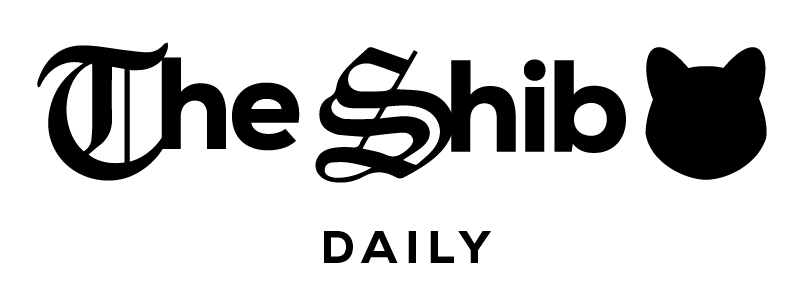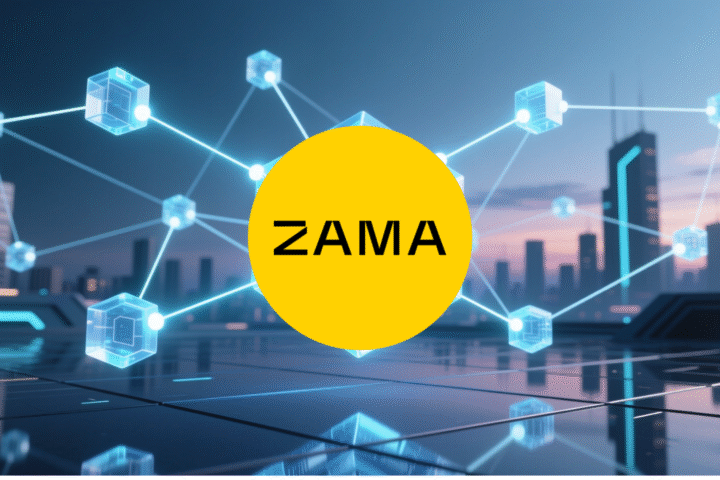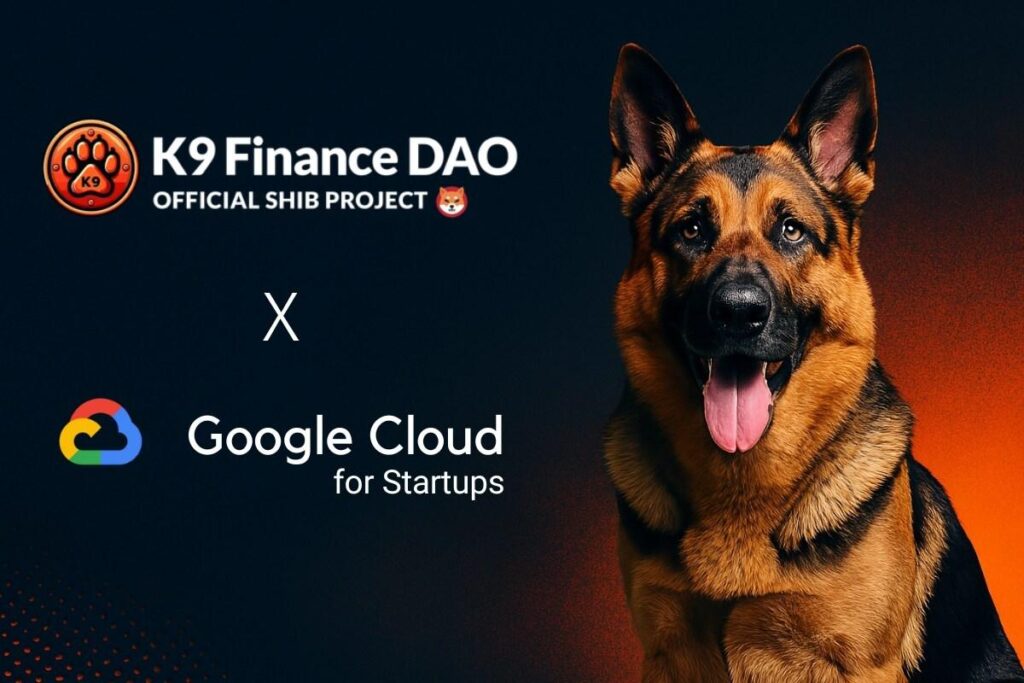The internet has had a bit of a glow-up over the years, and the next phase — Web2 vs. Web3 — is about to change everything. Picture this: Web1 was like the early internet, a quiet library where you could read, but nobody was talking back. Then came Web2, and boom! The internet became a social hub —Facebook, Instagram, TikTok — basically the digital equivalent of a huge party where everyone’s invited to share their thoughts, memes, and questionable dance moves. It was interactive, it was fun, but… it also meant that big companies had control over pretty much everything we did online.
But wait — enter Web3, the superhero version of the internet, here to give control back to the users. Web3 is like a decentralized playground, where users hold the keys to their own data and can actually own their online experiences. Sounds cool, right? In this article, we’re diving into Web2 vs. Web3 — explaining why the differences matter and how this shift could totally reshape the internet we all know and use every day.
What is Web2?
So, what exactly is Web2? It’s the version of the internet we’re all familiar with — the one dominated by platforms like Facebook, Google, and YouTube. The key to Web2 is centralization, meaning big companies control your data and the content you see. When you sign up for platforms like these, you’re giving them control over what’s shared and what isn’t. While you’re posting and interacting, they’re collecting your data, making money off your actions through targeted ads.
Another major part of Web2 is user-generated content — without you creating and sharing posts, there’d be no platform to speak of. But here’s the kicker: these platforms rely on your data and content to generate profit, without really compensating you for it.
That brings us to privacy concerns. Web2 companies collect tons of personal info — your location, shopping habits, and more. Yet, we often don’t know what they’re doing with it, or who they’re sharing it with.
Finally, the revenue models of Web2 are based on advertising and data-driven business. Every time you click or scroll, you’re helping them target you with ads, making their business model more profitable, but not necessarily respecting your privacy.
In short, Web2 gave us an interactive internet but at the cost of giving big companies control over our data. Now, enter Web3, where things are about to get a lot more decentralized. Keep reading to see how it promises to shift the balance of power!
What is Web3?
Now that we’ve seen what Web2 is all about, let’s dive into Web3—the decentralized internet powered by blockchain technology.
The coolest part of Web3 is decentralization. Unlike Web2, where big companies control everything, Web3 is like a community-driven internet. There’s no central authority; control is distributed among users, giving everyone a say.
At the heart of Web3 is blockchain, a transparent and secure ledger that records transactions. It’s like an open book that anyone can read, but no one can mess with. If Web2 was a private party hosted by corporations, Web3 is an open, transparent street fair.
Another major perk is ownership and control. In Web3, you actually own your data and digital assets — whether it’s cryptocurrency or non-fungible tokens (NFTs) — without handing it over to big companies. You control what’s yours, not the other way around.
And then there’s smart contracts. These are self-executing agreements that automatically carry out actions when conditions are met. Imagine buying something online and the contract says, “Once the payment is made, ship the item.” No middleman needed, just instant action!
Related: Terraform Co-Founder Do Kwon Sentenced to 15 Years Over $40B Collapse
In short, Web3 is about taking control of your data, eliminating intermediaries, and creating a more open, secure internet. But how does it compare in the Web2 vs. Web3 showdown? Stick around to see why these differences are a big deal for everyone!
Key Differences Between Web2 and Web3
Now that we know what Web2 and Web3 are all about, it’s time to break down the key differences between the two. Spoiler alert: they’re pretty game-changing! In the epic Web2 vs. Web3 battle, there’s a lot at stake for users, businesses, and the future of the internet. Let’s take a look at how they stack up on some important points.
Centralization vs. Decentralization
- Web2: Big companies like Facebook, Google, and others control the internet. They own the platforms and your data.
- Web3: The internet is run by networks of people (not just companies), and no single entity controls everything. You have more say in what happens.
Ownership and Control
- Web2: You use platforms like Instagram or Google, but they control your data. Even though it’s your info, you don’t get to decide what happens to it.
- Web3: You own your data and digital assets. Whether it’s your money (cryptocurrencies) or your creations (like NFTs), you have control.
Revenue Models
- Web2: Platforms make money by showing you ads or charging subscription fees. They profit from your data and attention.
- Web3: Instead of ads, people earn money through tokens, decentralized finance (DeFi), or by directly benefiting from what they create (like selling NFTs or earning crypto).
Privacy and Security
- Web2: Your data is at risk of being stolen or misused by companies, and they sometimes track you without your full knowledge.
- Web3: Your data is more secure, thanks to blockchain technology. While more private, it still has challenges like needing better regulations and scalability.
Why the Transition to Web3 Matters
Web2 vs. Web3 isn’t just a fun debate; it’s a huge shift in how we interact with the internet. Here’s why that change matters:
Empowerment of Users
One of the coolest things about Web3 is that it hands power back to the people. In Web2, we’ve gotten used to platforms collecting our data and controlling what we see, but with Web3, you have control over your digital life. Whether it’s your personal data, assets, or even your online identity, you get to decide how it’s used—and that’s a big deal.
Increased Security and Transparency
Web3 is like a supercharged version of Web2 in terms of security. Blockchain technology is the backbone here, and it makes things much harder for bad actors to hack or mess with. Blockchain keeps data on a decentralized ledger, meaning no one person or company has control over it. Transparency is also built in — everything on the blockchain is visible for verification, making it harder to hide shady dealings.
New Opportunities for Innovation
Web3 isn’t just about owning your data — it’s also about creating new ways to do things. Think NFTs, decentralized finance (DeFi), and decentralized apps (dApps). These are all opportunities Web3 brings to the table. For creators, it’s an exciting way to sell digital art directly to buyers (hello, NFT marketplaces). For finance, DeFi lets people access banking services without relying on banks. The possibilities are endless, and this is just the beginning.
Challenges to Traditional Models
Web3 isn’t just offering cool new features — it’s shaking up industries that have been around for decades. Banks, media companies, and e-commerce giants might find themselves facing competition from decentralized platforms that work outside of traditional systems. Imagine paying for goods and services with cryptocurrency, or using decentralized media platforms that don’t sell your data. It’s a shift from the centralized, control-heavy systems we’re used to, and it’s going to be interesting to see how established industries respond.
In the Web2 vs. Web3 showdown, it’s clear that Web3 isn’t just about a “cool new internet.” It’s about building a more user-centric, secure, and innovative online world. But like all big shifts, it comes with both exciting opportunities and challenges.
Potential Challenges and Considerations
While Web3 has the potential to reshape the internet, it’s not without its challenges. Here’s what to consider as we move from Web2 to Web3:
Scalability and Accessibility
Web3’s decentralization is exciting, but right now, it can struggle with scaling to large user numbers. Think of Web3 as a trendy new club that’s just too small to fit everyone in. Plus, for everyday users, Web3 can feel complicated. Setting up a wallet, using dApps, and understanding blockchain can be overwhelming. As the tech improves, though, we expect it to become more user-friendly and accessible.
Regulation and Legal Framework
The decentralized nature of Web3 is fantastic for freedom, but it creates a mess for regulation. Without a central authority, governments can’t easily enforce laws or protect consumers. While Web3 advocates love the freedom it provides, it does raise concerns about fraud and scams. It’s like the Wild West out there, and finding the right balance between freedom and safety is still a work in progress.
Related: Utility Tokens Explained: What They Are and How They Actually Work
User Adoption
Even with all the hype, Web3 is still in its early stages. It’s going to take time for the average person to jump into crypto, NFTs, and DeFi. Right now, Web2 is easy and convenient, while Web3 requires things like crypto wallets and private keys, which can be intimidating. Until Web3 is more user-friendly and integrated into daily life, most people will likely stick with what they know.
While Web3 is full of potential, it’s still evolving. Overcoming these hurdles will take time, but with the right developments, it could soon be as easy and accessible as the current Web2 world.
Real-World Examples of Web2 vs Web3
Let’s bring it to life with some real-world examples! Understanding Web2 vs Web3 is easier when you can see how they actually work in the world today.
- Web2 Examples – Think of platforms like Facebook, Instagram, and Twitter. These are Web2 because they are controlled by big companies that own and manage all the data. When you post or interact on these sites, the platform decides how your information is used, like targeting ads at you based on what you do. The company makes money from your activity, and you don’t have direct control over your data.
- Web3 Examples – Web3 is about decentralization, where there’s no one central authority controlling everything. Platforms like Ethereum and Uniswap are great examples. On Ethereum, you can create and trade digital assets (like NFTs), and it operates on a blockchain — no company owns it. Uniswap allows people to exchange cryptocurrencies directly with each other, cutting out the middleman like banks or brokers.
- Decentralized Social Media – A platform like Mastodon is a Web3 example in the social media space. Unlike Facebook or Twitter, Mastodon is decentralized, meaning no one company runs it. Instead, it’s made up of multiple independent communities. This gives users more control over their data, and it’s harder for anyone to censor or delete content without community approval.
The Future of the Internet: Web2 or Web3?
So, what’s next for the internet? Will Web3 take over, or will Web2 stick around? The future might be a bit of both—where Web2 and Web3 merge into a hybrid model that combines the best of both worlds.
Hybrid Models: The Best of Both Worlds?
Rather than a strict Web2 vs. Web3 battle, we might see them coexist. Web2 platforms like Facebook could adopt some decentralized features, giving users more control over their data. On the other hand, Web3 could become more user-friendly, blending the convenience of Web2 with the power of decentralization. This hybrid internet could make decentralized control more accessible to everyone.
Long-Term Vision: A User-Centric, Transparent Internet
The long-term vision for Web3 is pretty exciting: an internet that’s more user-centric and transparent. With blockchain, users would have full control over their data, cutting out the middleman. Instead of relying on big corporations, Web3 could offer a decentralized system where communities govern platforms, making them fairer and more secure. The future internet could be a space that’s more aligned with users’ needs and less about corporations controlling everything.
Will Web2 fade? Not completely. But Web3 could reshape the digital world, making it more open, secure, and empowering for everyone. We’re just beginning this exciting journey.
Conclusion: The Road Ahead – Web2 vs. Web3
In summary, we’ve explored the key differences between Web2 vs. Web3. Web2 is the internet we know today, where big corporations control most of the platforms. Meanwhile, Web3 is the decentralized future, where users gain more control over their data and digital assets. Web3 promises greater security, privacy, and new opportunities for innovation, like blockchain and decentralized finance.
The shift from Web2 to Web3 is reshaping the digital economy, how we interact online, and how data is managed. As Web3 grows, it could create a more open and user-driven internet. While there’s still a lot of work to do, the potential of Web3 is exciting and worth watching.
So, whether you’re a digital enthusiast or just curious, staying informed on Web3 will help you keep up with the next big internet revolution. The future of the web is unfolding — let’s see where it goes!












